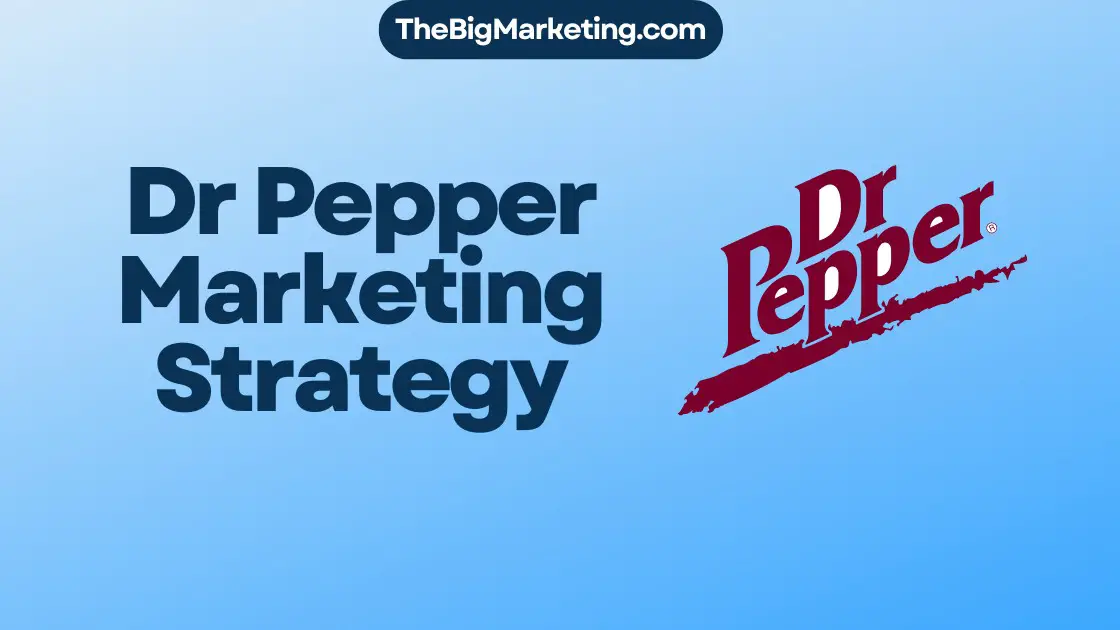Formula 1 (F1) has seen a big change in how it markets itself, helping it win fans worldwide. This racing series started in the 1950s, gaining a rich history. With Bernie Ecclestone at the wheel, the sport got safer and more money flowed in.
Yet, recent times brought hurdles in how people saw the sport and how far its message reached. This meant F1 had to change its game.
Key Takeaways:
- F1 has evolved its marketing strategy to achieve global success.
- Under Bernie Ecclestone’s leadership, F1 improved safety and secured capital.
- Recent challenges necessitated a transformation in F1’s image and reach.
The Image and Reach Challenge
Formula 1 (F1) faced a big challenge in connecting with its fans. It didn’t focus much on digital presence or marketing. This was a risk to its fan base. To keep being successful and attract more fans, F1 needed to change how it engaged with them.
F1 saw the need to fill the gap and boost its brand. The rise of digital platforms and changes in how people behave made it crucial. F1 had to use digital marketing strategies to stay in the game and connect with fans.
The F1 marketing team came up with new ideas to get their brand out there. They focused on strong partnerships, a bigger digital presence, and targeted marketing strategies.
By focusing on digital marketing, F1 changed its approach and reached more people. Using social media and different digital tactics helped. This made a stronger bond between F1 and its fans.
F1 also knew that great content keeps fans interested. They started to tell stories about the drivers and teams, showing the drama and competition. This way, F1 made emotional connections with fans and attracted more people.
The Power of Digital Marketing Solutions
With digital marketing, F1 aimed to get more people to see its brand. They used several ways to share interesting content:
- Engaging social media campaigns featuring exclusive behind-the-scenes footage, team updates, and driver interactions.
- Interactive website experiences offering real-time race updates, insights, and statistics.
- Strategic partnerships with influential content creators, amplifying F1’s presence and engaging with new audiences.
- Utilizing data analysis to personalize fan experiences and provide tailored content recommendations.
- Investing in innovative technology to create immersive fan experiences, such as virtual reality and augmented reality.
Through these efforts, F1 improved its image, widened its reach, and attracted a varied audience.
A New, Innovative Media Agency Takes the Wheel
Liberty Media, an innovative media agency, marked a turning point for F1. They saw F1 not just as a race, but as an entertainment event. This view spurred them to change F1’s marketing completely.
They highlighted the drama, competition, and the human stories of drivers and teams. This approach drew in younger viewers and a diverse audience.
F1’s transformation involved strategic partnerships. By teaming up with different brands, F1 extended its influence. These partnerships were not only profitable but also opened new marketing opportunities.
Liberty Media also brought in cutting-edge digital marketing strategies for F1. They used data to understand what fans liked. This helped personalize content and connect with fans digitally.
Liberty Media didn’t stop there. They introduced innovative digital tools to boost fan engagement. Fans got to experience F1 through mobile apps and virtual reality. These tools made fans feel closer to the thrilling action of the races.
Benefits of the Partnership Marketing Approach
Partnership marketing helped F1 and Liberty Media grow their brand. By working with diverse brands, they reached new people. This approach didn’t just grow their audience, it also opened new sponsorship avenues.
The collaborations led to shared content creation, stirring excitement about F1. The allies’ combined strengths made F1’s marketing powerful and captivating. Such strategy drew widespread attention.
Overall, partnership marketing expanded F1’s global presence and increased its income. It positioned F1 more as premier entertainment than just motorsport. By finding brands with the same goals, F1 became more than racing.
The Success of F1’s Digital Strategy
F1 has become a global sensation thanks to its smart digital strategies. It uses online platforms to connect more deeply with fans. This has changed how motorsports are promoted worldwide.
Part of its strategy includes sharing top-notch content on YouTube and podcasts. Fans get to see what happens behind the scenes, listen to interviews, and enjoy race highlights. F1 gives fans the exclusive content they crave, building a devoted online community.
F1 also makes sure fans can connect with their favorite drivers and teams on social media. This lets fans interact and get closer to F1 personalities. It boosts fan involvement and fosters a strong sense of loyalty to the sport.
A big win for F1 was launching the “F1: Drive to Survive” series on Netflix. It explores the intense competition and personal lives of those in F1. This series has drawn in viewers who weren’t initially motorsport fans, thus broadening F1’s audience.
Additionally, F1 introduced F1TV, which gives fans a full digital viewing experience. This pay service offers live races, exclusive material, and a library of past footage. F1TV not only brings in money but also improves how fans enjoy the sport, showcasing F1’s smart digital moves.
Overall, F1’s smart use of digital channels has significantly boosted its popularity. Using YouTube, social media, and projects like “F1: Drive to Survive,” F1 has smoothly moved into the digital era. It’s changed the way it connects with fans and markets itself.
Red Bull’s Marketing Approach
Red Bull has built a strong marketing plan. It shows their brand as a symbol of extreme sports and an active lifestyle. They team up with extreme sports stars and pro athletes using influencer marketing. This way, Red Bull pulls in audiences and makes their brand stronger.
Red Bull puts a big focus on content made by users on social media. This approach builds a community feeling among fans. People are urged to post their own stories with the brand. Plus, Red Bull talks directly to fans on social media, making a stronger bond.
Red Bull also grows their brand by sponsoring events and advertising on TV and streaming services. They partner with big events and show their branding during broadcasts. This helps Red Bull reach many people and stick with their extreme sports image.
The Success of Red Bull’s Strategy
Red Bull’s marketing strategy has been a huge success. It connects deeply with its target audience through exciting themes. By linking the brand to active, sporty images, it draws in those who love adventure.
Part of Red Bull’s strategy is how it positions itself. It’s not just an energy drink; it’s a symbol of extreme sports and activity. Through working with famous athletes, Red Bull makes its brand even stronger.
Red Bull values content made by its fans on social media. This lets fans share their Red Bull stories, building a community feeling.
The brand also gets involved with big sporting events and has ads on TV and streaming services. This helps Red Bull get noticed by even more people.
What makes Red Bull stand out is its dedication to making exciting content. It creates videos and documentaries full of awe-inspiring sports action. This not only entertains but also highlights what Red Bull stands for.
Red Bull has shown that connecting with people’s emotions, endorsing a specific way of living, and using media wisely can really work. Its focus on rebranding and making great content has made it a beloved sports brand.
The Power of Rebranding
F1 and Red Bull show how rebranding can turn a brand into a global hit. They aimed to connect more closely with their fans. They also changed with consumer tastes by using new marketing and digital methods. This helped them grow and find new fans.
The comeback of F1 and Red Bull was due to smart rebranding. They bravely changed their images and places in the market. These moves let them leave old problems behind and find new chances.
Stories of F1 and Red Bull rebranding can inspire other companies. Looking at what they did, marketers can learn about rebranding. They can see how it changes what people think of a brand.
Rebranding works if it makes a brand feel new and fitting for its audience. F1 focused on telling stories, creating drama, and connecting on a personal level. Red Bull used its extreme sports image to stand out. Both matched their ways to their viewers’ interests.
F1 and Red Bull’s rebranding show how change can grow a brand. They changed, used new marketing, and digital methods. This made them strong in tough markets.
Rebranding is key in today’s fast-paced world for reaching new people. It helps a brand stay competitive. A well-thought-out rebranding plan can create deep connections. It also sets a brand up as a leader and for future success.
Adapting Marketing Strategies for Success
F1 and Red Bull’s stories show us how to market well. For success, brands should be online a lot and talk to their audience.
Innovative Digital Engagement
Creating great online content is key. It must grab the target audience. Engaging, shareable content helps attract more people to the brand.
Using sites like Facebook and Instagram helps too. They let brands chat directly with fans. This builds a strong community around what they’re selling.
Working with the right influencers is also smart. They can sway what people buy. Influencers add a personal touch to ads.
Data-Driven Insights
Today, analyzing data is a must for doing well. Data lets brands understand what their customers like and don’t like. This helps make ads that really speak to people.
Tools like AI and machine learning make marketing smarter. They do routine tasks and tailor content for individuals.
Integrated Advertising Solutions
Unique ad ideas help brands be noticed. Trying new things like VR, AR, and interactive videos can be exciting for customers. They offer memorable experiences.
Making deals with events or famous people can also help. These partnerships make brands more visible and trusted.
By updating their marketing strategies, brands can thrive online. With fresh engagement tactics, smart use of data, and unique ads, they can really stand out.
| Marketing Strategies for Success | Effective Digital Marketing Tactics | Innovative Advertising Solutions |
|---|---|---|
| Create compelling content | Leverage social media platforms | Explore emerging platforms |
| Collaborate with influencers | Invest in data analysis | Utilize virtual reality (VR) and augmented reality (AR) |
| Optimize campaigns with AI and ML | Leverage technology for insights | Experiment with interactive video ads |
| Explore strategic partnerships | Expand reach through sponsorships |
Conclusion
The F1 Marketing Strategy and Red Bull Marketing Approach are great examples. They show how rebranding and new marketing plans can change an industry. They’ve adapted well to new trends. This lets them connect more deeply with their fans.
They made good use of digital tools like social media, creating content, and building a community. This approach has won the hearts and loyalty of fans worldwide. F1 and Red Bull have grown their audiences. Plus, they’ve built deep emotional ties with their fans.
Marketers can learn a lot from the stories of F1 and Red Bull. Applying these strategies can help brands do well in today’s fast-changing market world. Brands need to focus on innovation and online presence. Also, creating content that speaks to their audience is key for success.







